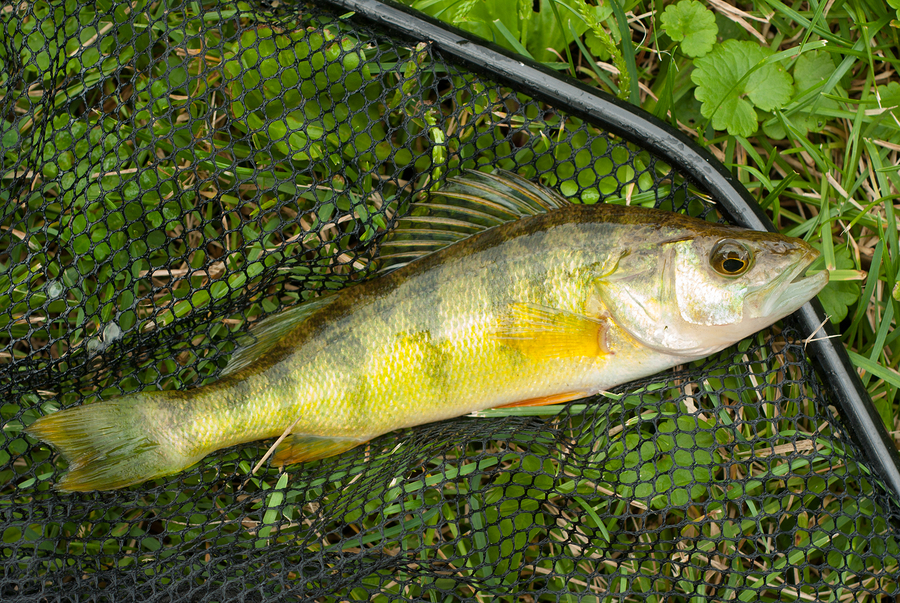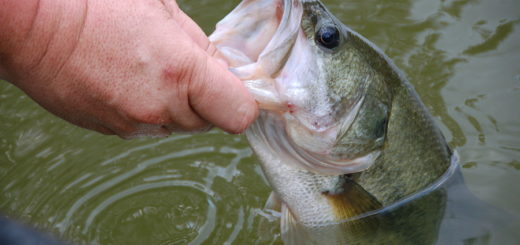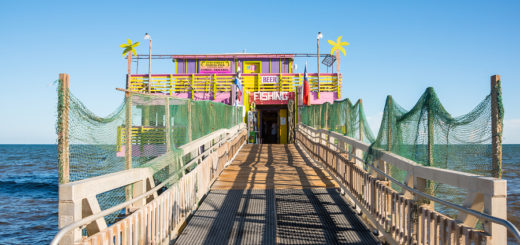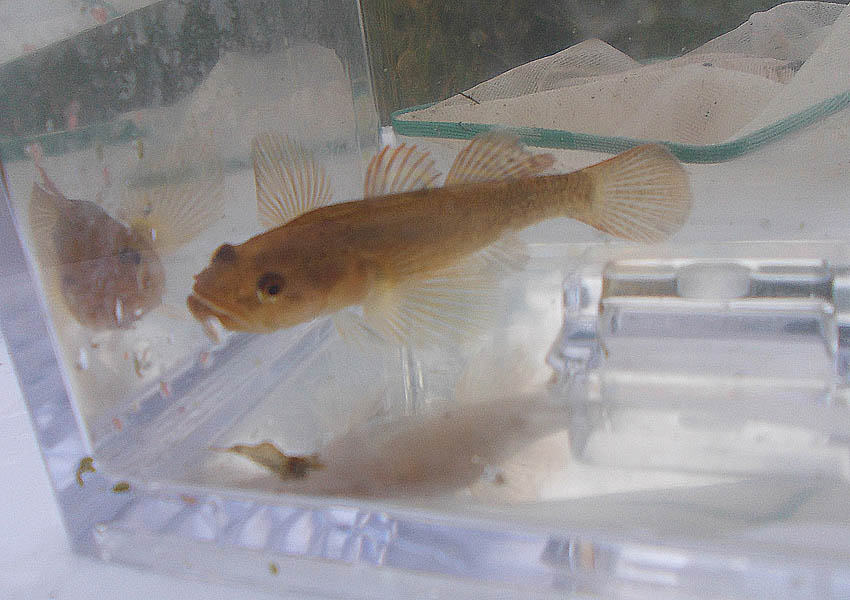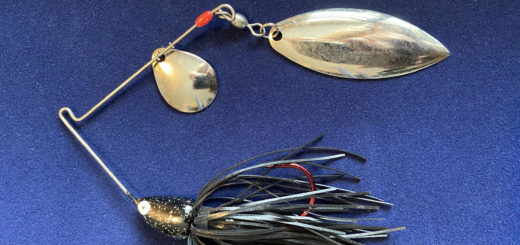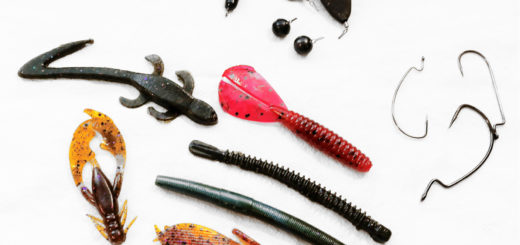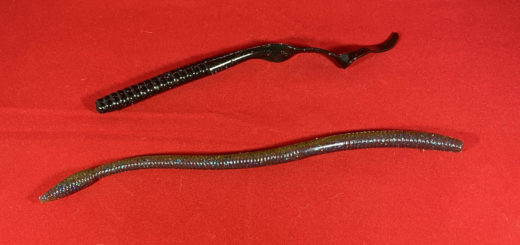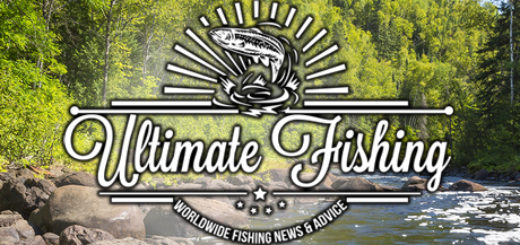The Yellow Perch, or simply Perch, as most people call it, is targeted in rivers, lakes, and streams throughout the United States. In fact, these fish are found in waterways in all fifty states. One reason for their popularity is that they can be relatively easy to catch when they are in a feeding frenzy.
Another reason, of course, is the fact that they are very popular table fare. Perch have a firm texture and their white meat can be prepared in a number of ways to please every palate. In the northern Midwest U.S. restaurants build their Friday night menus around the ever-popular “Fish Fry”. Perch is a favorite on these menus. It can be fried, broiled, poached, or prepared in a variety of other ways as well.
Perch fishing, for many, is their first experience with fishing. The normal size of these black-barred yellow fish is between and 5 and 11 inches. They can range up to four pounds in some cases. They are carnivores and will eat crayfish, minnows, and aquatic insects. With that being said, live bait can work very well, but they can also be tricked into thinking many artificial lures are a tasty meal just waiting to be eaten, too.
When fishing for Perch, anglers will do well to target grass, weeds, brush piles, and other places where bait fish congregate. Where there are smaller fish, there are Perch. These fish tend to feed early in the morning and late in the evening, but anglers have “gotten on” schools of them feeding at all times of the day.
The action of a school of Perch during a feeding frenzy can be fast and furious, so much so that some anglers prefer to use a Crappie rig to catch more fish without having to re-bait their live rigs. For those fishing with artificial lures, there are many techniques that can produce fish in these short windows of time where the fish are feeding heavily.
First, target areas, as stated, that are most apt to hold bait fish. These smaller fish will hold where they feel safe and camouflaged: weed lines, brush piles, near lily pads, or any other type of structure that may afford a hiding place for bait fish. As with many other game fish, the smaller fish will be found shallower, with the larger fish tending to be in deeper water.
Anglers should keep in mind that Perch have small mouths, therefore a small and light lure is best. Leadheads are a very popular lure for Perch fishing, with 1/64 and 1/32 ounce sizes being the most popular. Anglers should also keep in mind that Perch seem to be attracted to very bright colors. Oranges and Chartreuses are popular colors for this type of fishing. Spinner rigs and jigging spoons are great for Perch fishing, too. They give off a flash that is said to look like a dying bait fish. Anglers can work a spoon vertically or retrieve a spinning rig with a varying cadence to achieve this effect.
While Perch catching is far from a sure thing, many choose to start off younger anglers fishing for this particular species. Once patterned, Perch can be fairly predictable in certain bodies of water. This is especially great for kids or those who are just learning to fish, as anglers can be rewarded with a great number of bites in a fairly short amount of time. Perch are also a fish that can be caught in the shallows from shore, making it a great activity for warm, summer evenings. In all, Perch fishing is a great way to get people interested in fishing and stewardship of our waterways, not to mention a great way to catch a tasty meal.
